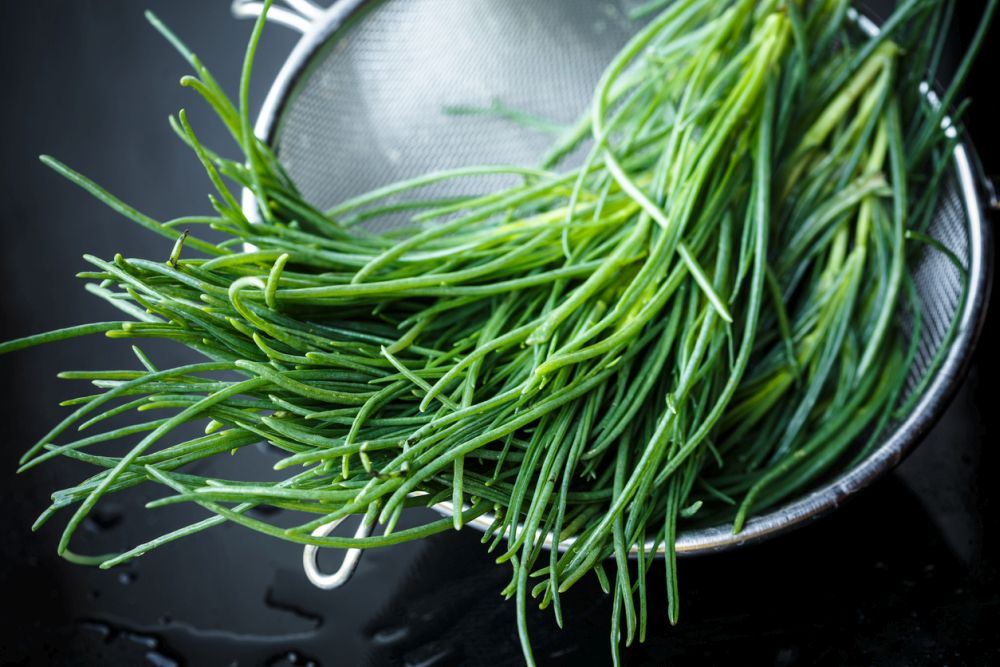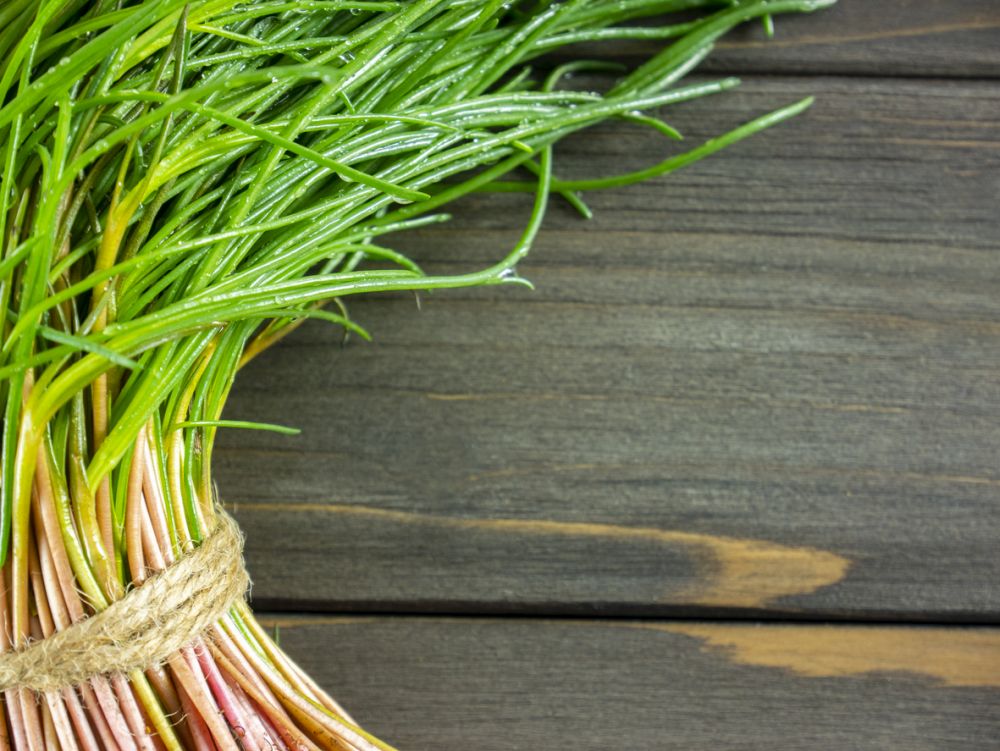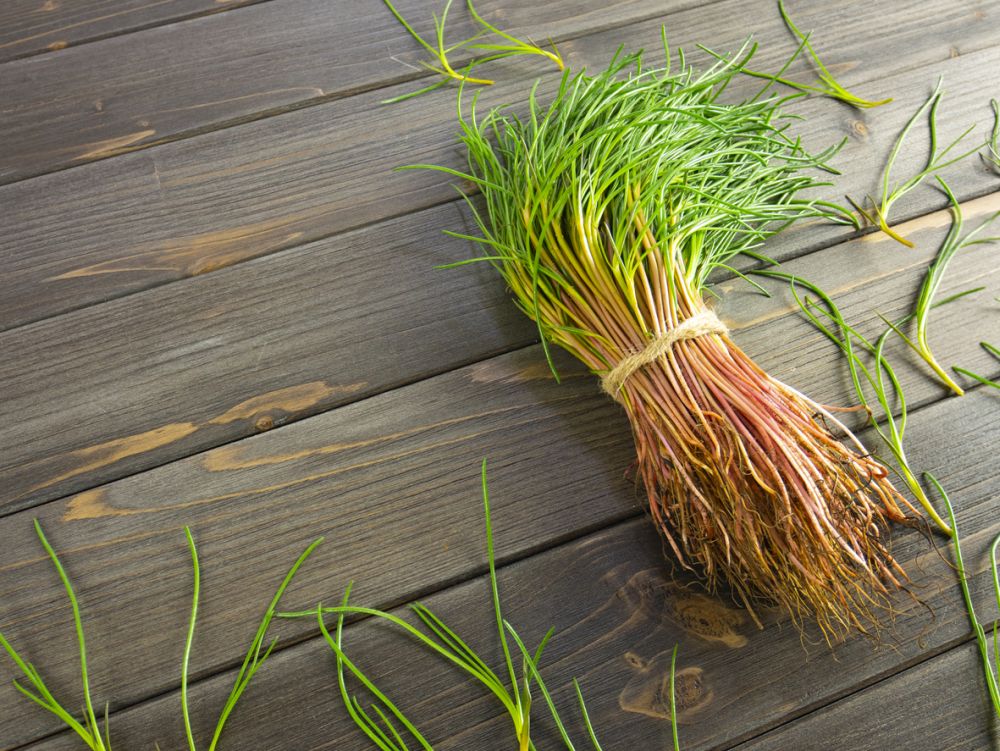Agretti Care – How To Grow And Harvest Salsola Soda
Italian cuisine is famous for many things, and agretti is one of them. A little acrid when raw, agretti has an unmistakable bite when cooked on its own or added to fish dishes and seafood. If you’re a fan of Italian dishes or frequent upscale Italian restaurants, chances are you’ve seen the name on the menu.
However, outside of the Mediterranean basin, it’s really hard to find this succulent veggie sold in your local grocery store. But as we all know, popularity is never a reliable standard when it comes to culinary choices. So if you have inquisitive bud tastes and a green thumb, you’re more than qualified to grow agretti in your own garden. Once you’ve developed a taste for it and used it in your cooking, it will probably become a stable garden veggie that you grow every spring.
All about Agretti
So what exactly is agretti? The bush-like succulent goes by many names, including salsola soda, friar’s bread, and Roscano. It’s quite popular in Italy and is grown mainly around Rome and Umbria, where it is quite popular. In Japan, they have a similar plant called okahijiki which translates to ‘land weed,’ but it’s actually different from agretti and lacks the biting flavors of the Italian veggie.
It usually takes about 50 days for the plant to reach maturity. At its peak, the bush reaches about 24 inches high and about 12 inches wide. So you can easily grow it in a veggie patch or in a planter. It doesn’t take up much space and is easy to grow and care for.
The leaves are the only edible parts of the plant. They are juicy but have a sharp, acidic taste on your tongue. So you shouldn’t eat the raw leaves. The leaves are green and fleshy, growing out of red stems. These stems are succulent and juicy as well, as long as they’re harvested young. Old agretti stems are sinewy, chewy, and inedible.
If you leave agretti in the soil long enough, small clusters of tiny flowers appear at the base of the leaf where it connects with the stem. The flowers are a sign the plant is too old to cook. You might as well leave it in the soil to harvest the seeds.
Uses of Agretti
Agretti has a long history with humanity. Surprisingly its first uses were not in the kitchen but in the glass and soap industries. Its acrid taste, when eaten raw discouraged people from using it as a source of food. Until some enterprising chef discovered that the cooked agretti tasted a whole lot better than the raw succulent veggie. Here are a few uses of agretti.
- When burned, the ashes of agretti are collected to extract soda ash, an alkaline substance used for making glass and soap.
- As food, you can sautee agretti and add some olive oil and lemon juice and have it as a side dish.
- Use the young leaves as a garnish for steaks and fish dishes.
- You can eat the young offshoots raw in salads if you can take the acrid taste.
- Give your soups, pasta, and stews a lively and energetic flavor with salsola soda leaves.
- Always keep your agretti leaves crisp and avoid overcooking them.
How to Grow Agretti
Better suited to zones 8 to 11, agretti is easy to grow in the USA. In fact, it has taken root in the Pacific Coast, where California considers it an invasive plant. So check the local rules and guidelines before you get some seeds online and grow them in your garden. Here’s how to start agretti from seeds.
- The best time to start agretti seeds is in the early spring. The plant has a low tolerance for cold temperatures, so start it as soon as the soil becomes workable after the last frost.
- Get the seeds online and check that the seeds are anything between 3 months to 12 months old. Any seeds older than that will not germinate.
- Once you have the seeds, give them the water test. Agretti seeds have a notoriously low germination rate of about 30 percent. So soak the seeds in water and skim off all the bad seeds that remain floating at the surface.
- Make sure the soil temperature is above 65 degrees F. If you live in zones below 8, you can start the plant in early June.
- Pick a sunny spot in your garden that gets plenty of sunlight without any tall plants or trees that cast shade for the veggie.
- Till the soil and break the top 4 to 6 inches of the soil with a spade or a hoe. Mix in about one inch of organic compost or aged manure to ensure the success of the plant.
- Soak the seeds overnight to soften the hard outer shell and increase the chances of germination.
- Plant the seeds about a half-inch in the soil and cover them with a thin layer of soil. Don’t pack them in.
- Space the seeds 15 to 20 inches apart to accommodate the growing bush.
- Water the soil enough to get it moist.
- While you wait for the seeds to germinate, keep the soil moist and don’t let it dry out.
- After between a week to ten days, the seeds will germinate.
- Most likely, you won’t have all the seeds germinate. So plant more seeds in the barren patches to ensure you have a good harvest.
Agretti Care
Although it’s not easy to get the seeds to germinate, each agretti plant grows into a small bush and provides a bounty of leaves that you can use for cooking. Once you’re past that first hurdle, caring for the growing Salsola soda plants is fairly easy and straightforward.
Soil
Agretti thrives in a loamy soil. The soil needs to be well-drained as well. Check the tilth and structure of the soil before you plant the seeds. One of the main reasons agretti seeds fail to germinate is because the soil is either too heavy or too loose for it. Heavy soil retains water far too long for the sensitive roots to tolerate it. Sandy soil drains the water too fast, which denies the roots from absorbing it. So aim for loamy soil that doesn’t turn into a clump in your fist. As for the pH levels, they should be somewhere between neutral and slightly alkaline. Between 4.5 and 6.0 should do well. Don’t plant agretti in acidic soil since it will not grow in it.\
Water
To enjoy succulent and juicy agretti leaves, you have to pay attention to the watering schedule. On average, the plant needs between 2 to 3 inches of water per week. But rather than giving it the whole amount all at once, you should pace yourself. Your goal is to keep the soil moist throughout the plant’s life. Too much water leads to root rot, while too little watering makes the stems of the plant woody and impacts the flavors and taste of the leaves. If you get rainfall, factor that into your watering schedule and holds off irrigating the bushes until the top one inch of soil goes dry.
Fertilizer
Agretti is not a heavy feeder. And for a plant that matures fast and has tiny flowers, it requires little nutrition in the soil. Before planting the seeds, you will mix the soil with aged manure or compost to give the plant a good start. Usually, that slow-release organic fertilizer is good enough and will feed the plant until it reaches maturity in about 50 days. However, if you underestimate the amount of organic material you have added to the soil or you notice that the agretti bushes are not growing at a good rate, you can apply a well-balanced fertilizer. Water the plants immediately after fertilizing them and water them well to avoid root burn.
Mulching
Although agretti has a short lifespan, you can still get a few harvests out of it before it becomes too woody in the hot summer. The key to this multiple harvests is to keep the soil moist and protect the roots against the heat. One way to achieve that is to use mulch. You can use any mulching material you like as long as it’s organic. Aged leaves, pine needles, and shredded oak bark are some of the top mulching choices you have at your disposal. However, you should be wary of leaving the mulching on the ground for too long. It will break down and increase the acidity levels of the soil. So only lay down about one or two inches thick layer of mulch around the base of the agretti bush. If you notice it’s starting to rot, remove the mulch and replace it with a fresh layer.
Pests and Diseases
Luckily no known diseases seem to affect agretti plants except for root rot which is often caused by overwatering the plants. As for pests, there are many. Slugs and snails have developed a taste for the young leaves and shoots of agretti. If you don’t save your plants, these pests could damage your crop. Another pest is cabbage looper. It has a voracious appetite, and it snacks on the agretti stems no matter how young or old they are. The best way to deal with those two types of pests is to pick them by hand and drown them in a bucket full of soapy water.
Tarnished plant bugs and cabbage white are two other pests you need to watch out for. The cabbage white often lays its eggs between the leaves of agretti, where the larvae will feed on the plant. Encourage birds to visit your garden since they feed on these pests.
Harvesting Agretti
When harvesting agretti, you want to cut the tender shoots at the top. Usually, the plant will have a central stalk that continues to grow and develop. This one becomes woody too quickly. So when that stalk becomes 6 inches tall, cut it off. That will trigger the plant to develop side shoots that are tender and succulent.
Start harvesting the leaves of agretti once the stems grow to about 7 inches high. Snip the top one or two inches using sharp and sterilized scissors. You can keep harvesting the tender shoots until the plant becomes too woody in the middle of the summer. Then you can remove it and prepare your soil for another plant. Don’t forget to harvest the seeds from the mature plant and store them until the next spring.



Thank you for your information on agretti. Can you tell me whether it’s possible to freeze agretti to enjoy some over the winter months?
Cheers,
Dawn